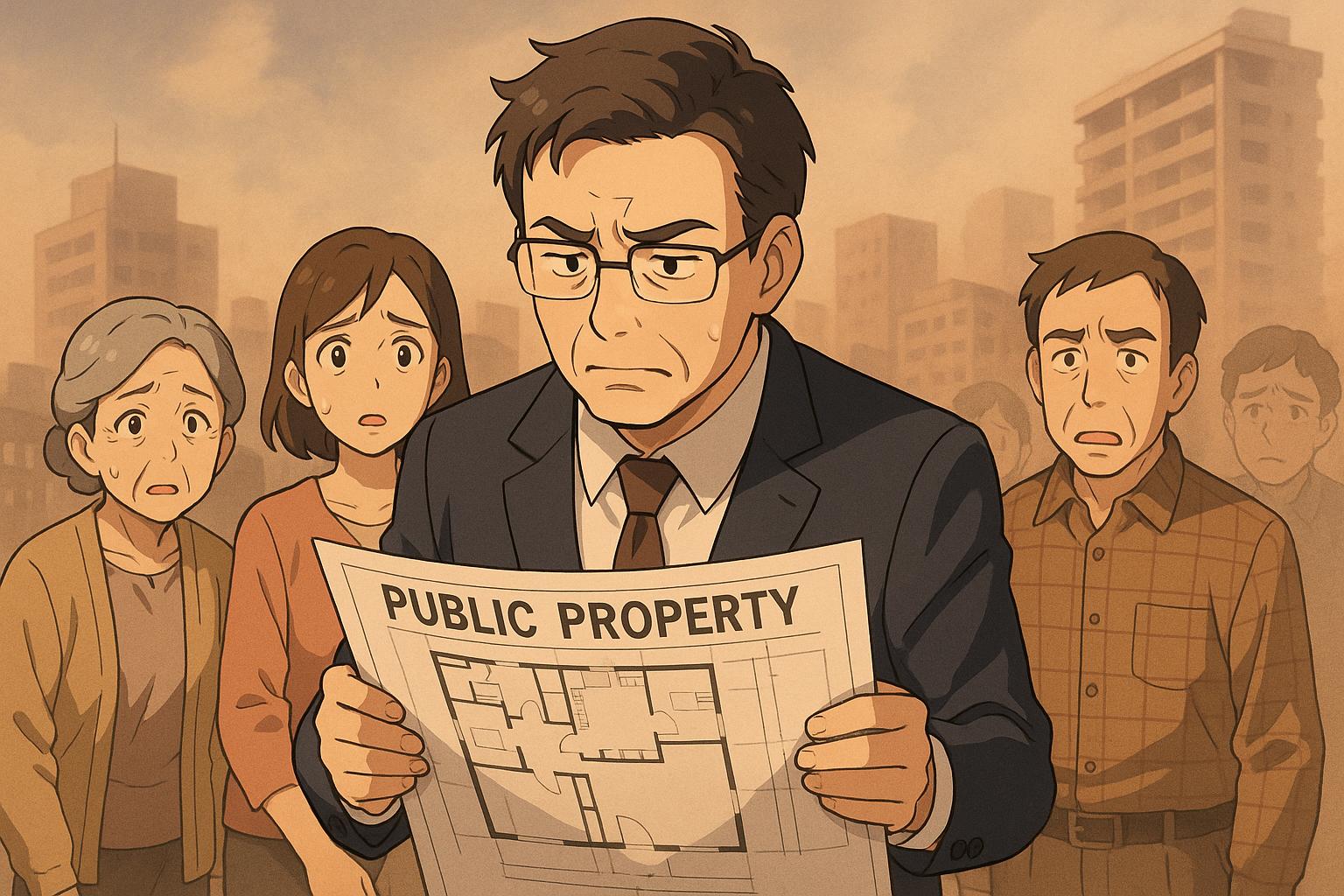Concerns have been mounting among residents of Brighton and Hove regarding the council's decision to sell off various publicly owned properties, including the former Homewood College site in the Fiveways and Hollingdean ward. Independent councillor Bruno De Oliveira has been vocal about these issues, reaching out to cabinet members to express the apprehensions shared by voters within his constituency. He emphasises that these assets do not belong to a specific administration but are public property, deserving of transparency and accountable governance.
Recently, Brighton and Hove City Council's cabinet agreed to sell properties such as a school caretaker’s house in Hangleton Way, an office in Shenfield Way, and a cottage in Stanmer village. The proceeds from these sales are slated to contribute towards a £20 million investment fund aimed at addressing the city’s pressing housing needs. However, De Oliveira has raised significant concerns over the lack of transparency in the decision-making process, suggesting that important details were unnecessarily consigned to confidential documents, which deprived the public of adequate scrutiny.
In his remarks, De Oliveira stated, “The invocation of ‘commercial sensitivity’ as a blanket rationale for perceived secrecy can appear beyond its legitimate function of protecting negotiations. It risks becoming a convenient tool to sidestep rigorous democratic oversight.” He has called for a full public register of council-owned assets, greater consultation with residents regarding their use, and a moratorium on asset sales until a thorough public debate can occur.
The council’s decision has sparked further scrutiny, as the Place Overview and Scrutiny Committee has "called in" the decision. This committee has expressed concerns not only about the opacity of the sale but also about the evidence on which such decisions are being made, indicating a possible deficit in stakeholder consultation. Green councillor Pete West articulated the fears of inappropriate development, echoing sentiments that the council is at risk of “selling off the family silver” without conducting adequate oversight.
In response to the critiques, Labour’s deputy leader, Jacob Taylor, assured that details regarding the properties earmarked for disposal would be shared with the scrutiny committee, stressing the necessity for the council to utilise every opportunity to expand housing, especially social housing. Despite this commitment, many critics see the decision as indicative of a broader trend toward the commodification of public assets.
This practice has not emerged in isolation; it coincides with a backdrop of significant concerns regarding social housing in Brighton and Hove. Reports from the Regulator of Social Housing have uncovered serious failings within the local social housing system, including inadequate compliance with smoke alarm regulations and pressing electrical safety issues. To address these systemic shortcomings, the council has earmarked over £15 million for much-needed upgrades and repairs, highlighting the critical state of safety and living conditions for many residents.
Additionally, related discussions centre around Brighton and Hove’s larger assets management approach. The council is poised to sell 120 acres of downland—its largest sale in two decades—sparking environmental concerns among conservationists about potential impacts on public access and wildlife habitats. Critics worry that despite council assertions that the sale represents only 1% of its vast Downland Estate, it is a slippery slope towards reduced conservation efforts and inappropriate development.
Furthermore, the history of asset sales in Brighton and Hove reveals an alarming pattern. Since the implementation of the Right to Buy policy in 1980, the city has lost nearly a third of its council homes—5,473 units—raising serious alarms about housing availability and affordability. The financial implications of previous property sales are also concerning; over £2 million has been used from such sales to cover redundancies within the council, indicating a reliance on public assets to bridge operational costs rather than reinvesting in community needs.
As Brighton and Hove approaches a special meeting of the Place Overview and Scrutiny Committee to further examine these issues, the community remains divided. Many advocate for a re-evaluation of how public assets are managed, calling for a genuine commitment to transparency, resident engagement, and a robust strategy for addressing the city's housing crisis in a manner that preserves the public good rather than erodes it. The path forward for the city may depend on how well it can balance the necessity of funding initiatives against its responsibility to its residents and the environment.
Reference Map
- Paragraphs 1, 2, 3, 4, 5
- Paragraphs 1, 5
- Paragraphs 2, 6
- Paragraph 2, 6
- Paragraphs 2, 7
- Paragraphs 1, 3, 4
- Paragraphs 1, 6
Source: Noah Wire Services
